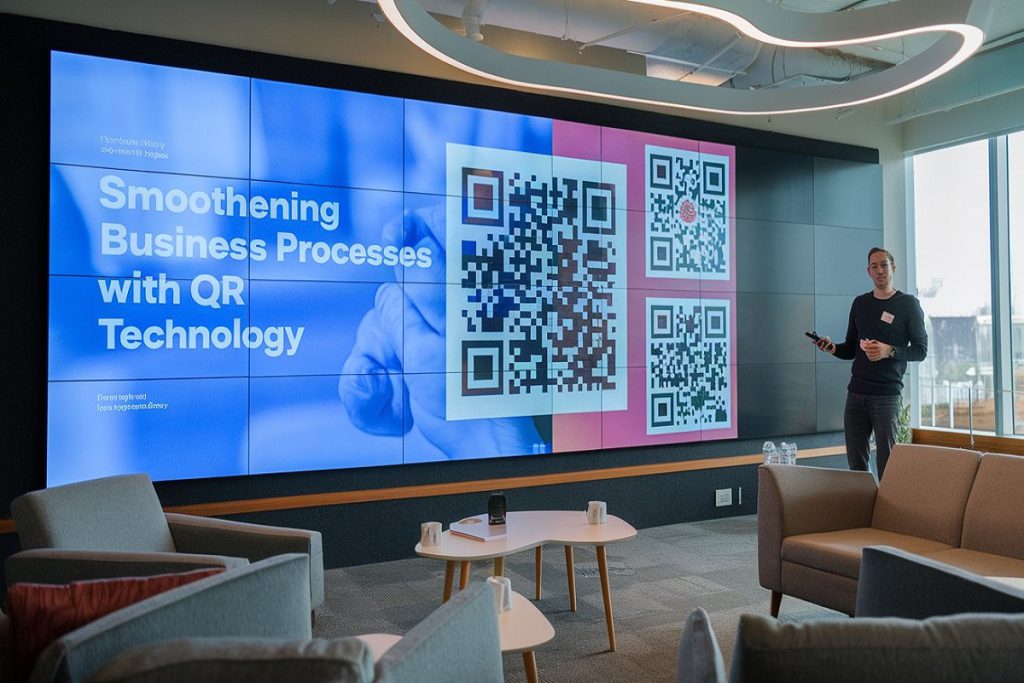The two primary functions of the JVM are managing and optimizing programme memory, which allows Java programmes to run on any platform or operating system (Java Virtual Machine).
Java is one of the most widely used programming languages in the world.The addition of 6.3 million new web developers in 2022 demonstrated that the Java community experienced the largest growth of any language community.
First, the most popular Android mobile operating system uses Java as its core programming language. Java’s scalability and dependability are further factors contributing to its continuous growth.
Java is used by so many sectors, like banking, finance, the stock market, big data, retail, and research. This language is here to stay.
Market forecast for Java frameworks
 Comparing Java to the most popular server-side programming languages, Java dominates the industry in terms of traffic and popularity.
Comparing Java to the most popular server-side programming languages, Java dominates the industry in terms of traffic and popularity.
The majority of the major business sectors and industries use Java. A large range of frameworks to address various programming issues started to emerge as a result of their popularity.
The rise in well-known backend and mobile development is merely one reason for this.
As the Android platform becomes more and more popular for this kind of project, Java is being used in AR/VR applications more and more and is also used at the website’s core.
The popularity of frameworks follows the same logic. For instance, in 2022, the general usage of Spring, the most well-liked free Java-based framework, has increased, which is consistent with a corresponding rise in the use of Java.
Top Java frameworks for small business web development
#1. Spring
The best Java framework for web development, Spring, is often regarded as such. It is the most well-liked application framework that is both reliable and lightweight, and it influences how quickly, easily, and safely Java may be used. The configurations and lifecycle of application objects are designed and managed by it.
As the preferred framework for professional developer’s time and time again, Spring is well-liked in the major industrial market. The creation of scalable, secure, and reliable client-oriented web applications is made possible by this.
Java corporate apps are best created with Spring. Because of this, programmers may concentrate on the application’s business logic. Java becomes a contemporary, responsive, and cloud-ready technology for building high-performance, complex online apps when combined with Spring MVC (Model View Controller) and Spring Cloud.
Read: Enterprise Applications Development Process and Industry Standards
#2. Hibernate
Hibernate, a fascinating and highly rated open-source ORM framework for Java web development, is available for free. It is a framework for object-relational mapping that enables communication between Java classes and database tables and vice versa.
Because of the mistakes made, developers are spared a great deal of mundane, needless effort. Hibernate was created to work with relational databases; thus, more recent iterations now support NoSQL data storage as well.
A mapping editor is also included, along with top-notch developer tools like a database reverse engineering tool and a Hibernate console.
Read: Enterprise Application Software vs. ERP
#3. Web Toolkit by Google
Google launched the Google Web Toolkit (GWT) as an open-source toolkit to assist developers in writing Java code and converting it into JavaScript so that it can run in browsers.
Without prior experience using front-end development languages like JavaScript, it is possible to design complicated online apps.
UI abstraction, cross-browser interoperability, and internationalization are just a few of the distinctive elements that make up this Java application development framework.
#4. Tapestry
Java programmers may create web applications that are dynamic, dependable, and greatly scalable with Tapestry. Due to its expansion and improvement of the default Java Servlet API, it is compatible with any servlet container or application server.
Tapestry may be launched on any application server and integrates rapidly with all back ends, including Spring, Hibernate, and others. It employs naming conventions and annotations for configurations, adhering to the convention-over-configuration paradigm.
Read: Ensure The Safety of Data While working in Cloud Environments
#5. Dropwizard
Dropwizard is a potent Java framework that has been specifically designed for creating RESTful services. The lines between a library and a framework are hazy in Dropwizard. Its goal is to provide trustworthy, useful implementations of each criterion for a web application that is suitable for production.
This functionality has been separated into a reusable library, which keeps your application focused and agile. JSON eliminates the requirement for measurements and configurations to be coded.Your time is better spent using Dropwizard’s extra features than creating logging code or establishing metrics.
By focusing on the fundamental business logic of your software, you may instead increase efficiency. Since it is operations-friendly, Dropwizard is frequently referred to as a Java framework.
Read: Essential Keys To Success With Snowflake
#6. Vaadin
Vaadin is a user interface framework that uses a server-side Java programming approach. All UI logic and state are kept on the server, and only the code for the individual UI components is run in the browser.
The server-side technique enables the construction of the user interface as a desktop Java programme with direct access to the server’s data and services. The Vaadin engine implements all the specifics of the client-server exchange and produces the server-side application UI in the browser.
There are numerous moving pieces in the construction of a corporate web application. Vaadin makes it easier to create enterprise web applications because it has a built-in Java web application development platform.
In Vaadin, you may find all the frameworks, parts, and tools you need to build business applications that are reliable, safe, and provide a fantastic user experience.
Read: CRM: A Way To Create Ultimate Successful Customer Journey
#7. JHipster
A relatively new open-source Java framework called JHipster integrates Spring Boot with client-side frameworks like Angular, React, and Vue to create a quick way to design web apps.
JHipster offers monolithic and microservice designs, in which the front end and back end are implemented in the same application (the front end and back end are implemented separately).
#8. Spark
Rapid development is pursued by Spark, a less verbose coding approach for Java/Kotlin apps. When creating Java/Kotlin programmes, Spark enables the use of fewer templates. Developers can make use of a REST API with Spark that is prepared to deliver JSON in only a few lines of code.
Spark excels at managing microservices because it is a microframework. It is mostly used to create REST APIs and supports a broad variety of template engines. With Spark, you can create applications quickly, similar to Node.js, while still enjoying all the advantages of executing them on the JVM.
In a matter of minutes, you may be operational. It works with the Jetty web server that is integrated within the framework and can also be used with other Java web servers. Building REST APIs is the most common server-side use case for Spark.
Also, it works well with data dissemination in big data scenarios and is a suitable fit for online applications with high traffic of 10,000 or more visitors per day, like Pinterest.
Read: Dynamic Testing: The Secret to a Successful Digital Transformation
Conclusion
For successful work in Java, you also need to comprehend variables, constants, loops, types of variables and constants, arrays, type conversion, working with strings, input and output, logical and arithmetic operations and expressions, various operators (such as the if-else branch operator), input and output, and loops (while and do-while loops). By that point, you ought to be familiar with the frameworks, programmes, and libraries needed to create a specific type of application.



